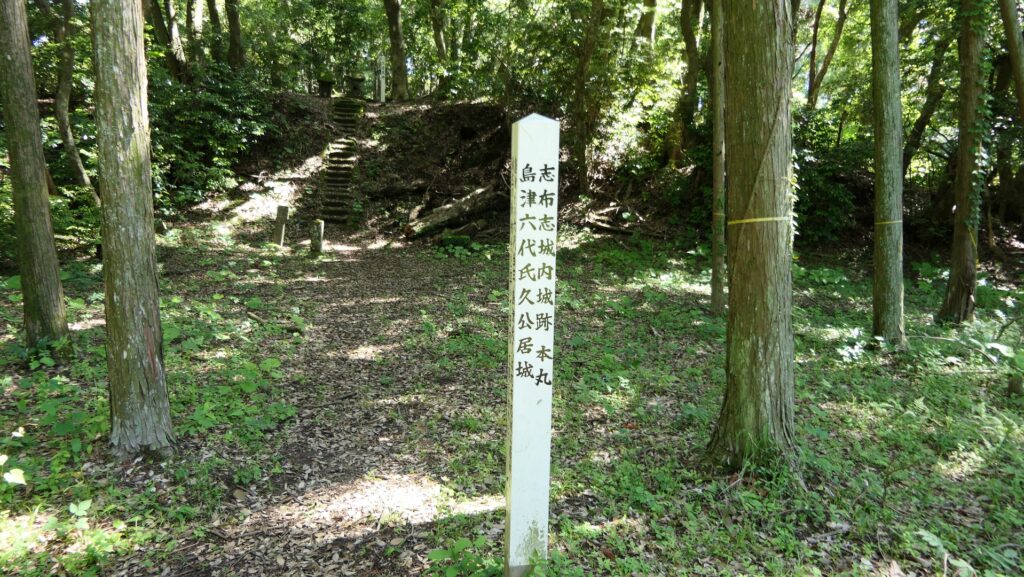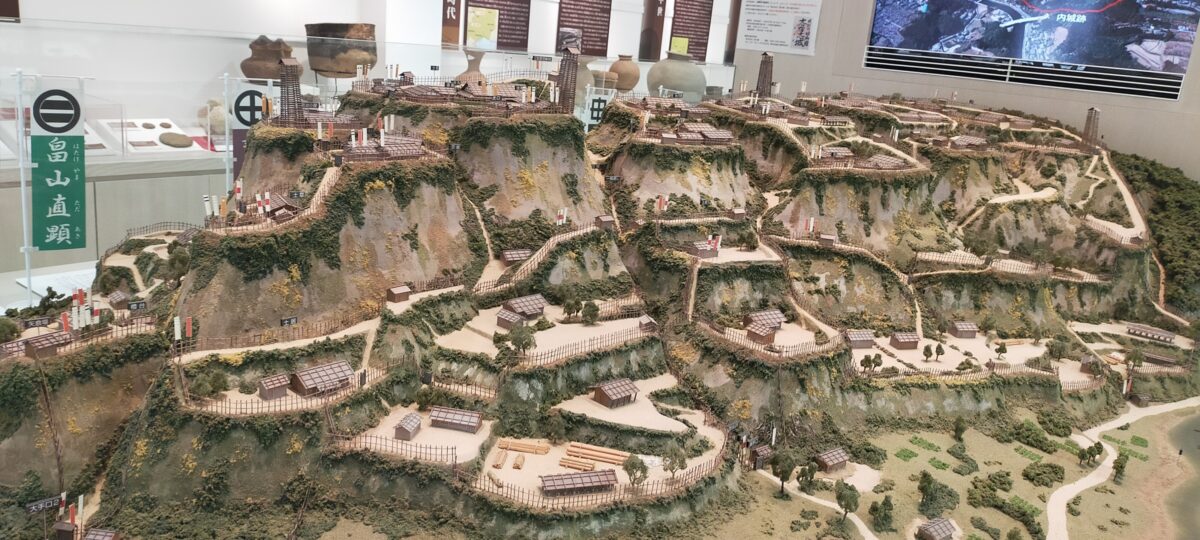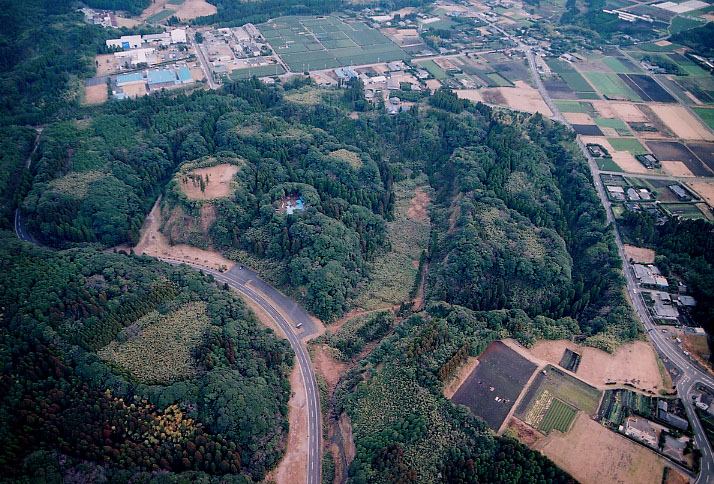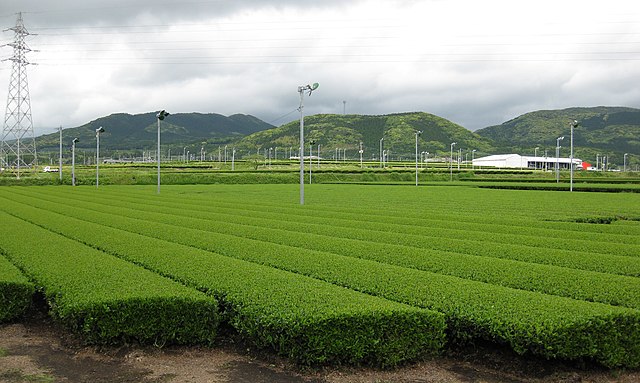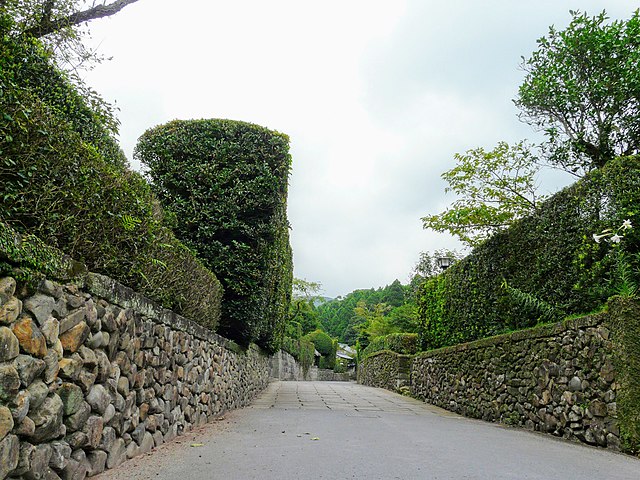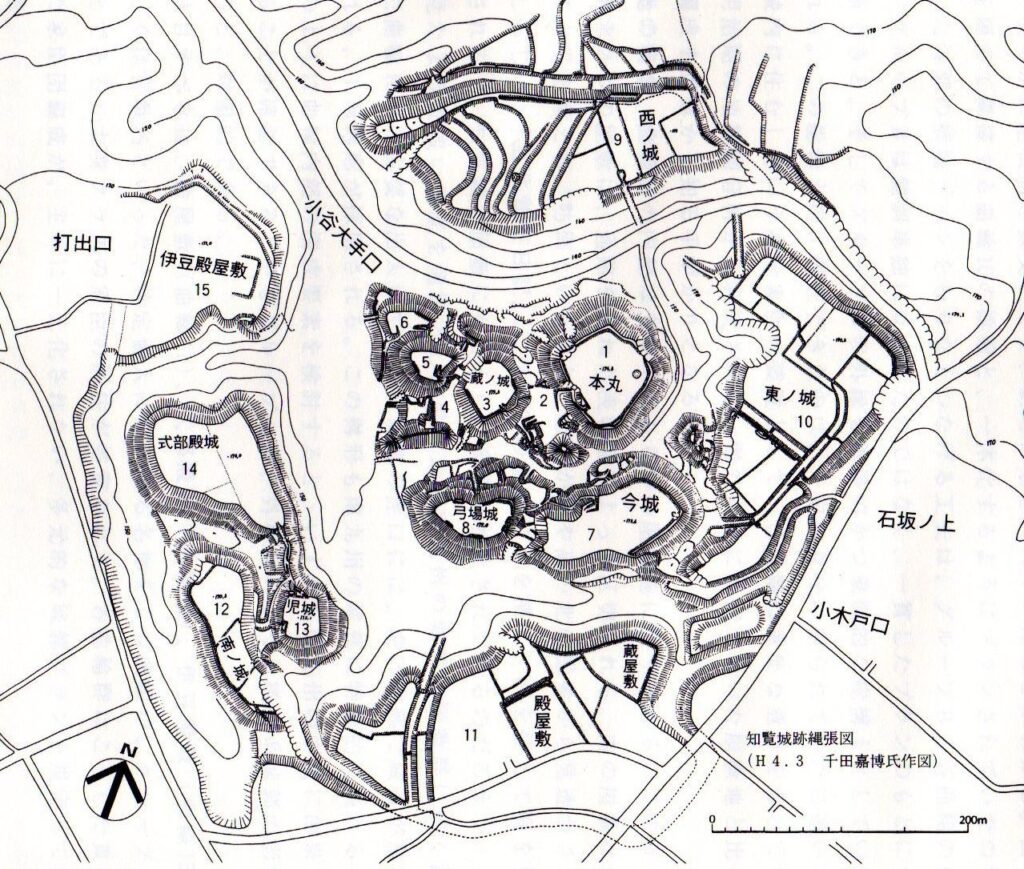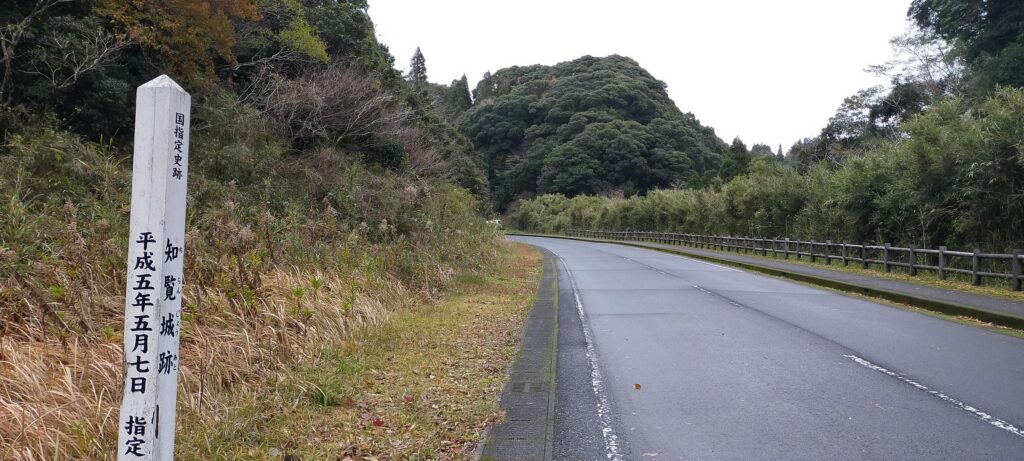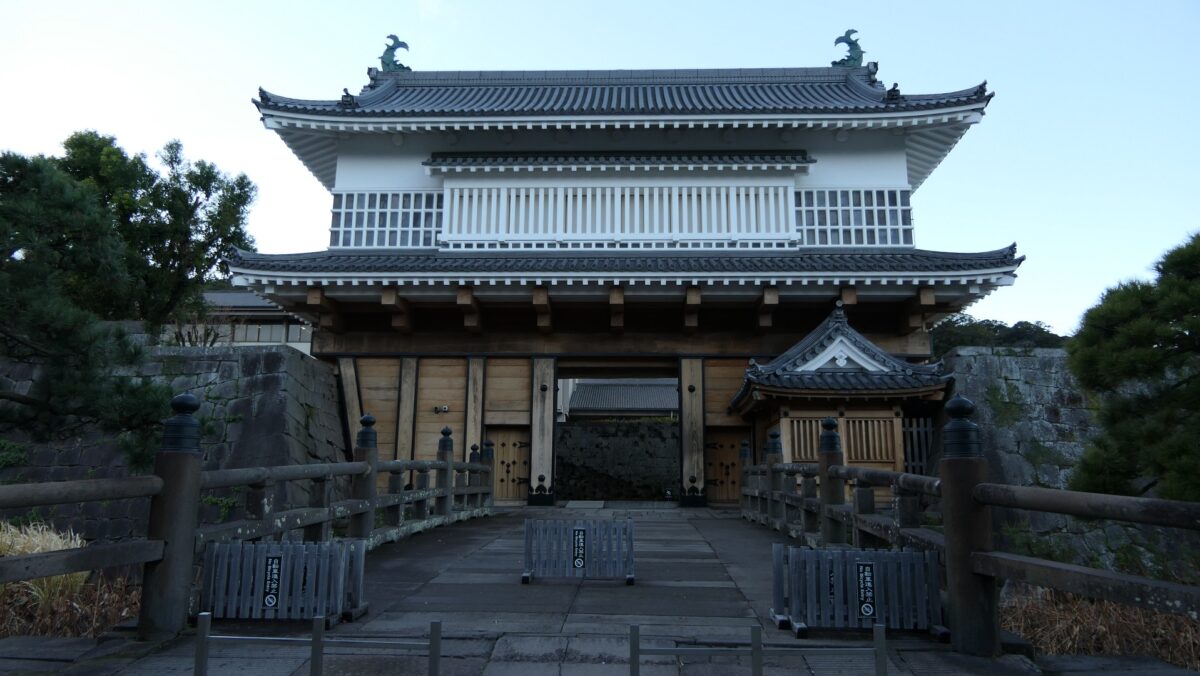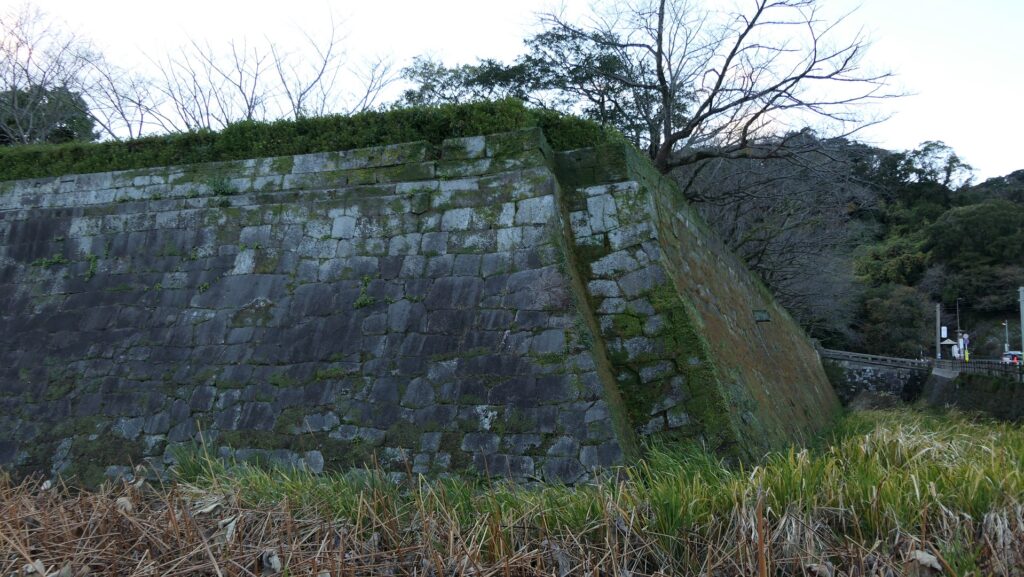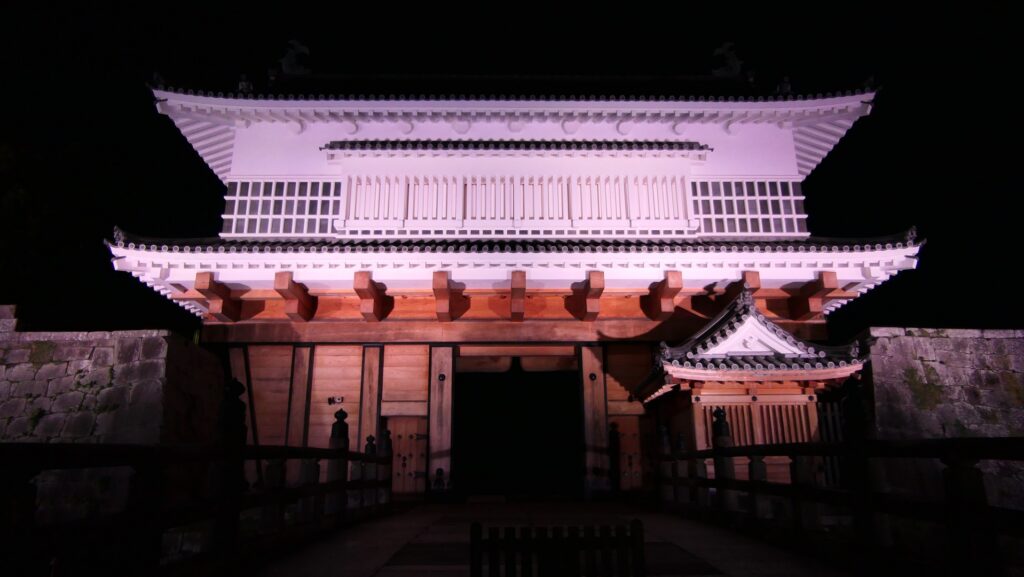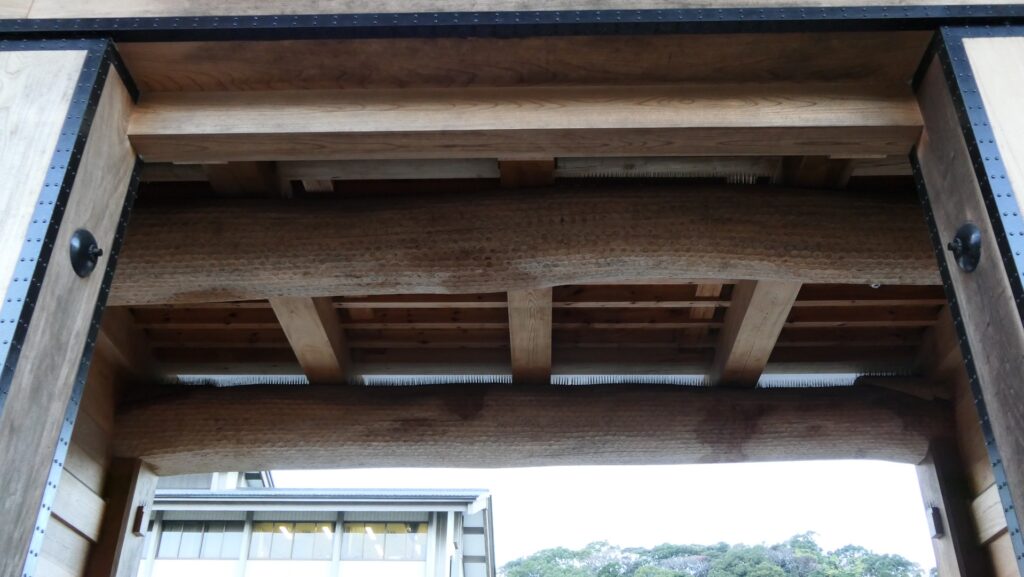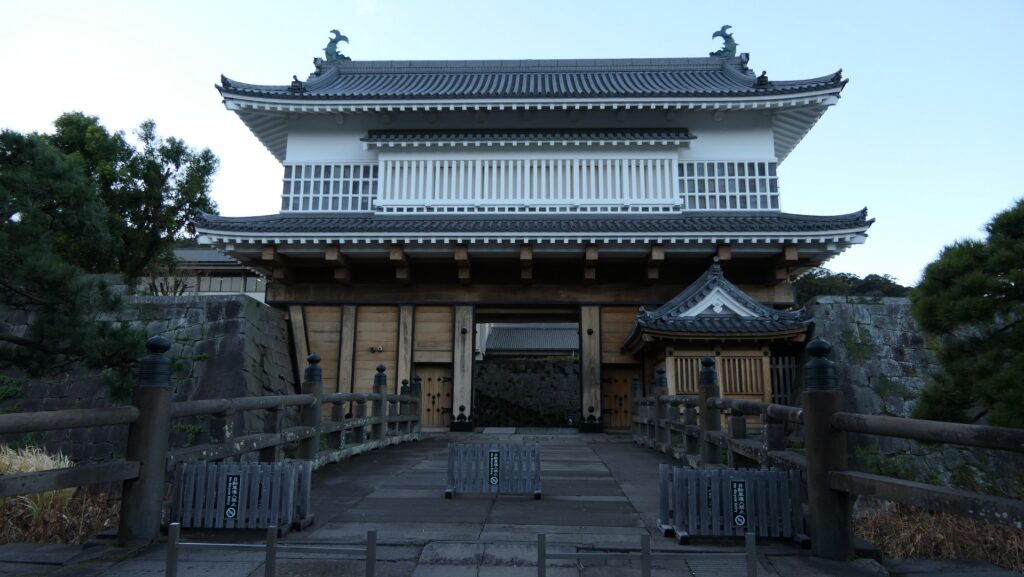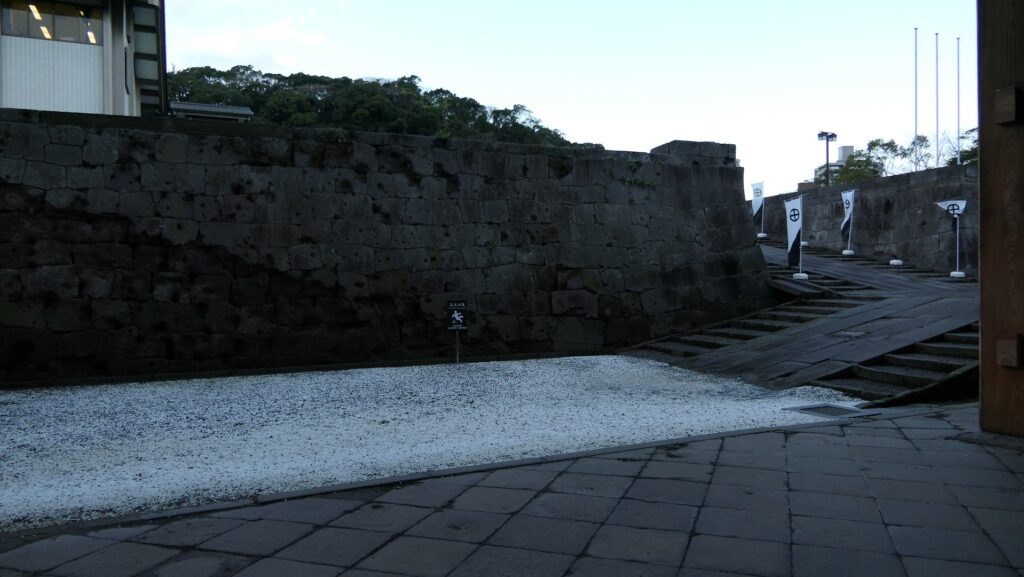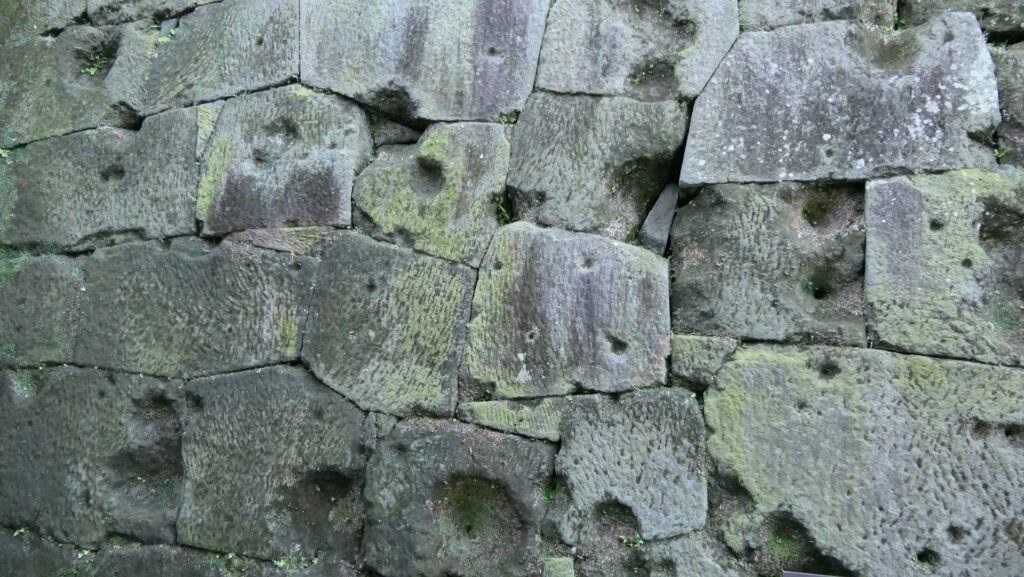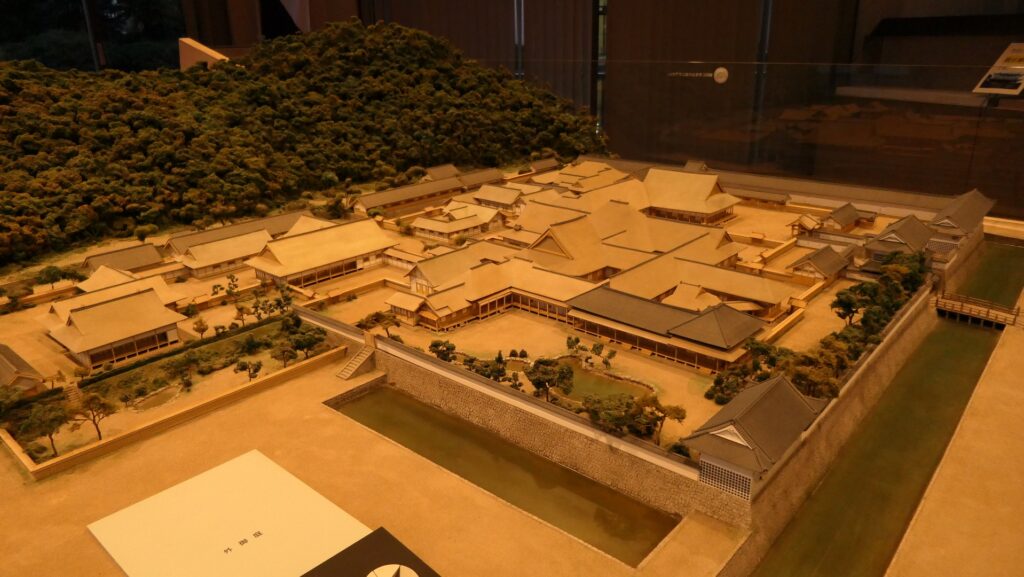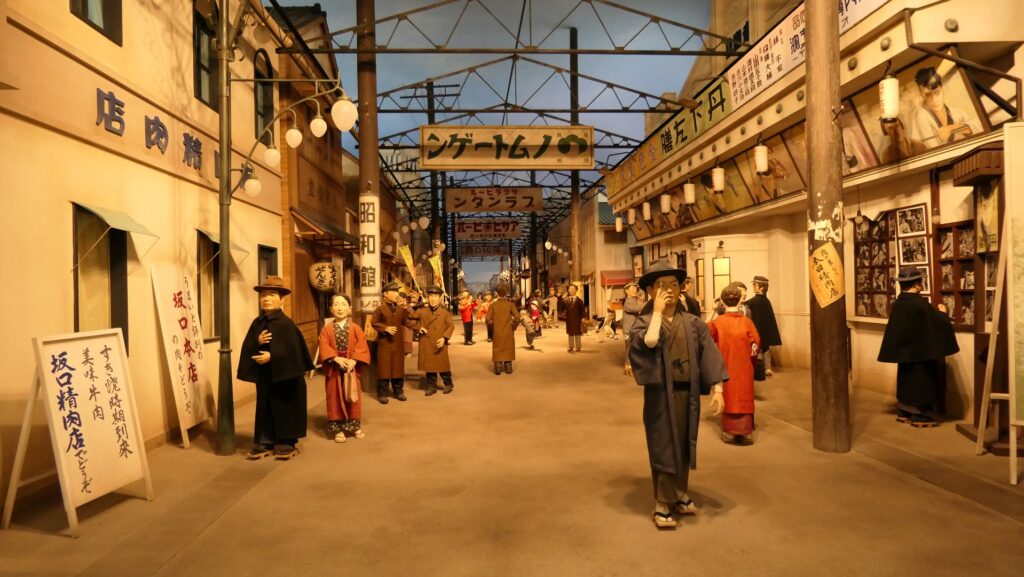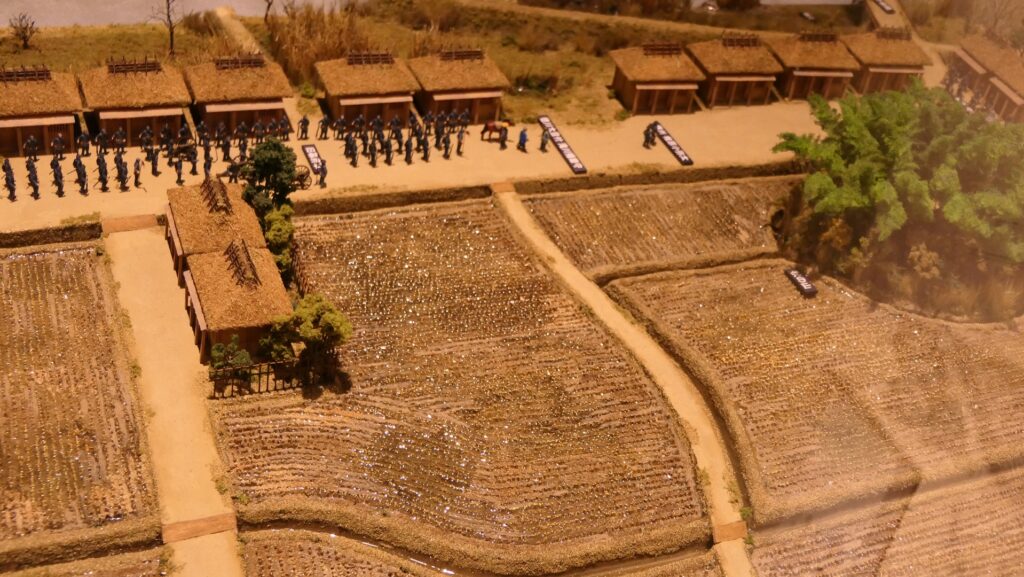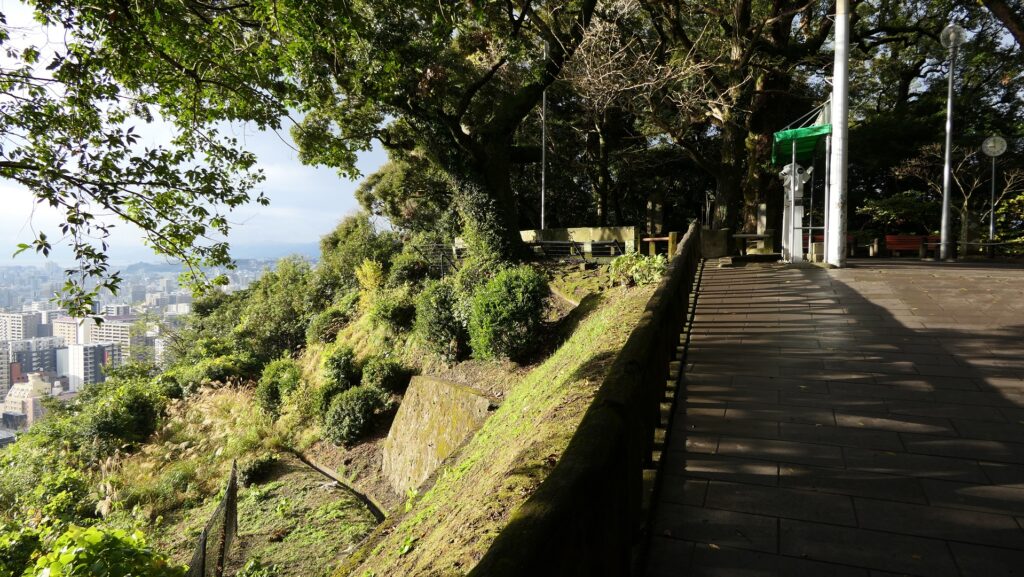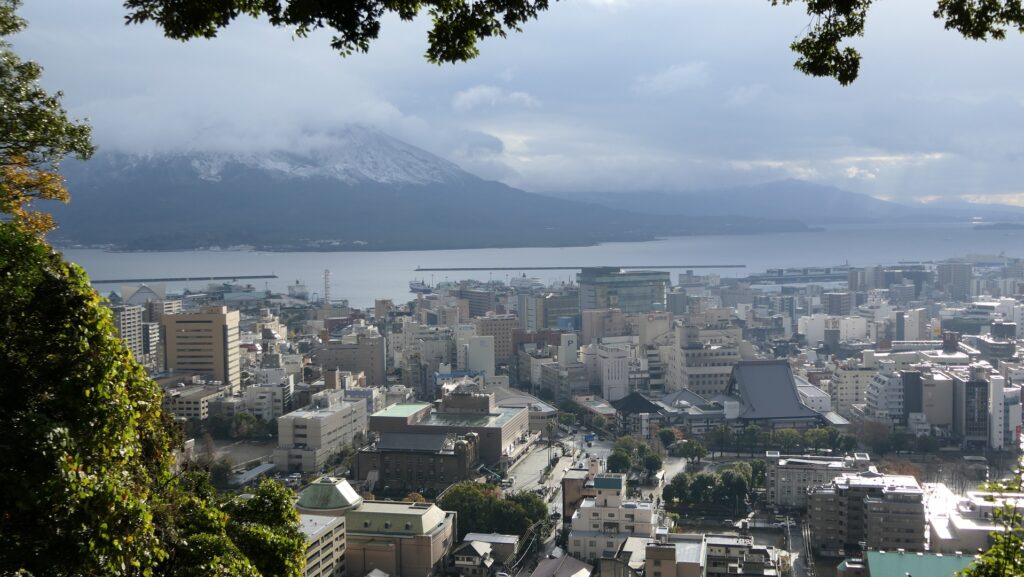Location and History
Shibushi has been Important Port
Shibushi City, which is located in the eastern part of Kagoshima Prefecture, may have kind of a unique name even in Japanese. This is because when you say the city’s name in Japanese, you will say “SHI-BU-SHI-SHI(city)” which may be difficult to pronounce. This phrase is sometimes used as an example of a Japanese tongue twister like “Shibushi-shi, Shibushi-cho, Shibushi, no, Shibushi-shiyakusho, no, Shibushi-shisho” which means “The Shibushi branch office of the Shibushi city hall, Shibushi, Shibushi Town, Shibushi City”. If you want to understand why it’s called “Shibushi”, you can find it refers to “Present, Cloth and Present” in Japanese. It is said to originate from the legend of the ancient Emperor Tenchi visiting. He was presented cloths from both upper-class and lower-class people, he was very pleased and came up with the name. We are uncertain if the legends are true but the land does have a long history.
The range of Shibushi City and the location of the castle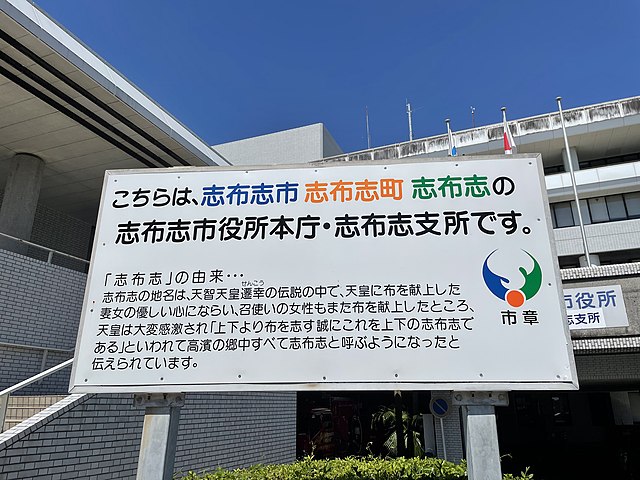
Another feature of the city is Shibushi Port which is designated as a Major Port and a Core International Port. If you go around the port area, you can see huge amount of containers and wood, and some ferries such as Sunflower. The port has actually been prospering since the end of the Ancient Times when some manors in the southern Kyushu Region were developed. International trading was also done during the Middle Ages, which made lords around the area rich. That’s why they wanted to possess the area and they often battled each other over it. Shibushi Castle was a mountain castle for the base to govern the area.

One of Southern Kyushu type Castles
Shibushi Castle also had an important feature as one of the Southern Kyushu type castles which were built on the Shirasu Plateau looking like a mountain or hill in the area. The plateau has been made from volcanic ash caused by ancient eruptions. Its soil is fragile and can easily collapse to form cliffs. Warriors in the area often used this to build their castles because it was easy for them to process natural terrain for strong defensive systems such as deep moats and high walls. Some popular examples of that type castles were Chiran, Sadowara, Obi and Shibushi.
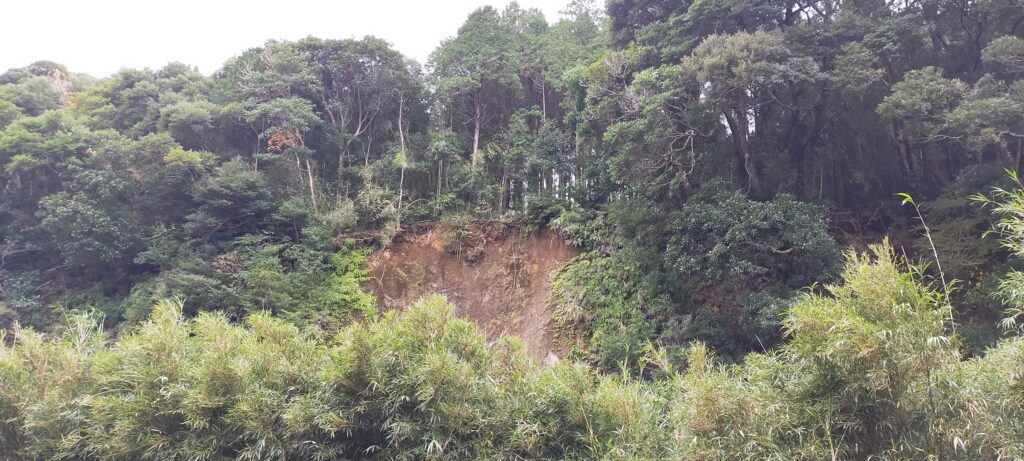
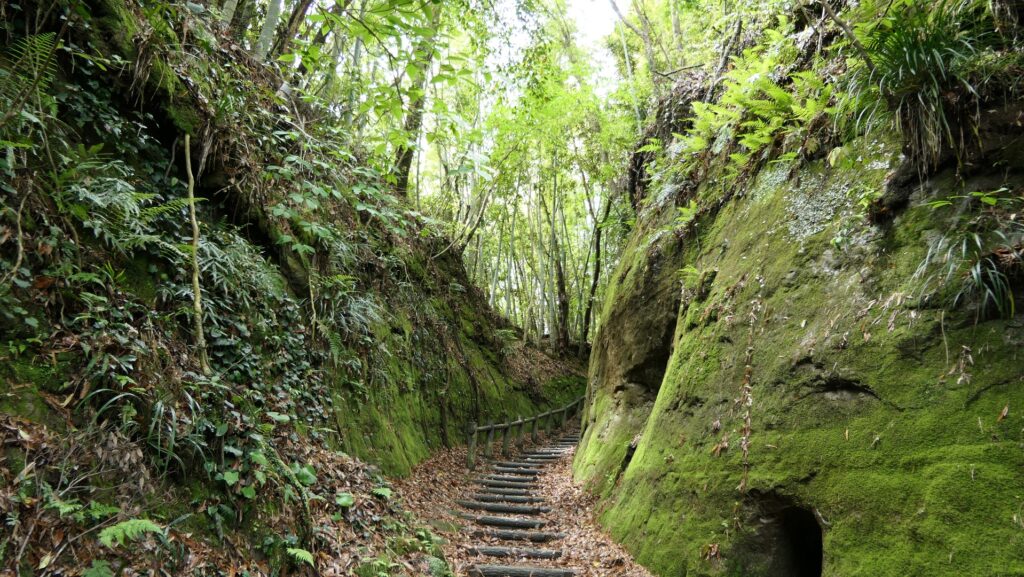
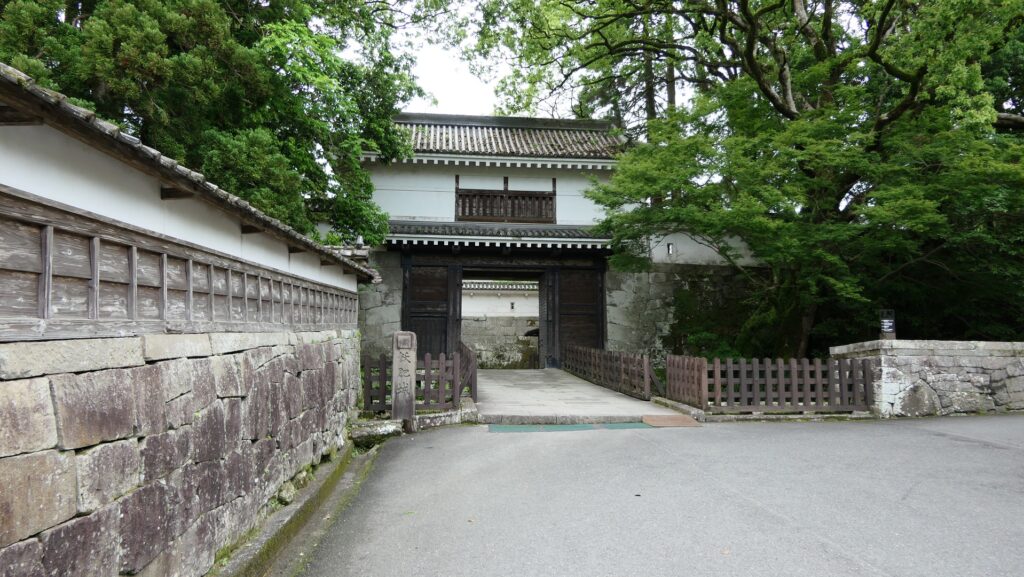
For example, if you are in Shibushi Port and look back at the inland area, you will see the long lying cliffs set back from the coastline. The lords in Shibushi built their castles one by one using that natural terrain. In fact, Shibushi Castle is the generic name of four local castles, Uchijo, Matsuojo, Takajo, and Shinjo. It is said that the Nirei Clan first built Matsuojo in the 14th Century, followed by Uchijo, used as the Hatakeyama and the Niro Clan’s home base in the 16th Century. By then, Takajo and Shinjo were also built as outer compounds for the other two castles. The lord of Shibushi Castle changed again and again to the Kimotsuki Clan and finally the Shimazu Clan. This was because the area around the castle was attractive so it became a battle field between great warlords, the Ito Clan in the north and the Shimazu Clan in the south. Some lords of the castle changed loyalty between the two great lords.

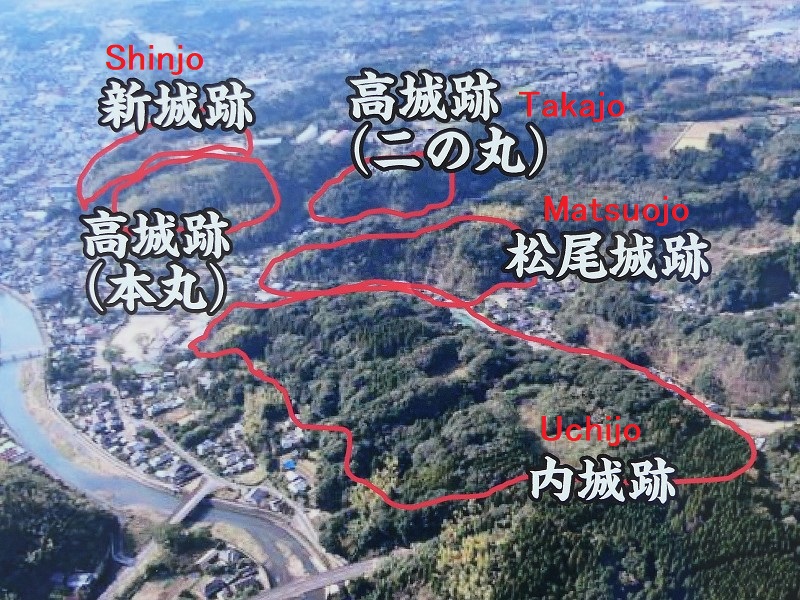
Strong Defense system using Shirasu Plateau
At the peak of the castle, the main Uchijo had a very complex defensive system. The original Shirasu plateau was cut by three dry moat lines lengthwise and five dry moat lines crosswise. The remaining parts of the plateau became enclosures independently, surrounded by earthen walls and fences. These enclosures had turrets, barracks and residences to maintain and protect the castle. If visitors or enemies wanted to enter the enclosures, they needed to go from the bottom of the moat and pass the defensive gateway of the enclosure. Enemies at the bottom would be attacked from far above by defenders at the enclosures.
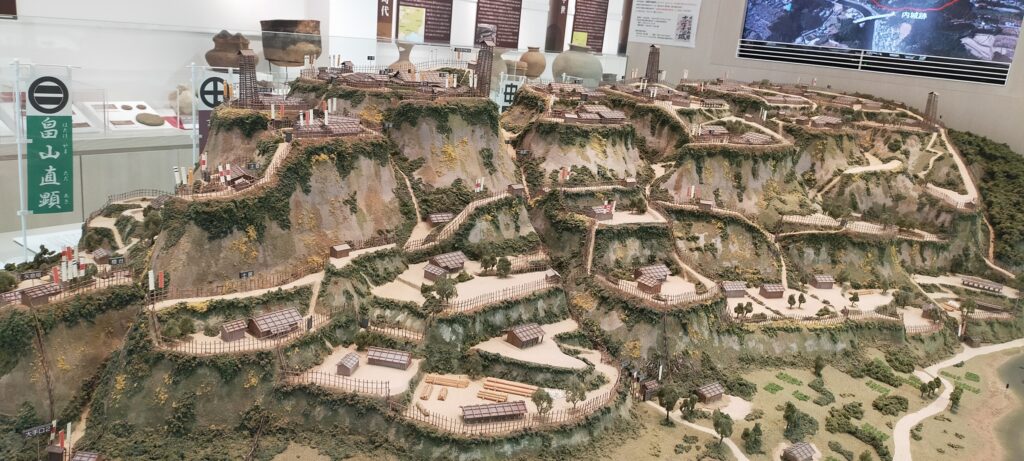
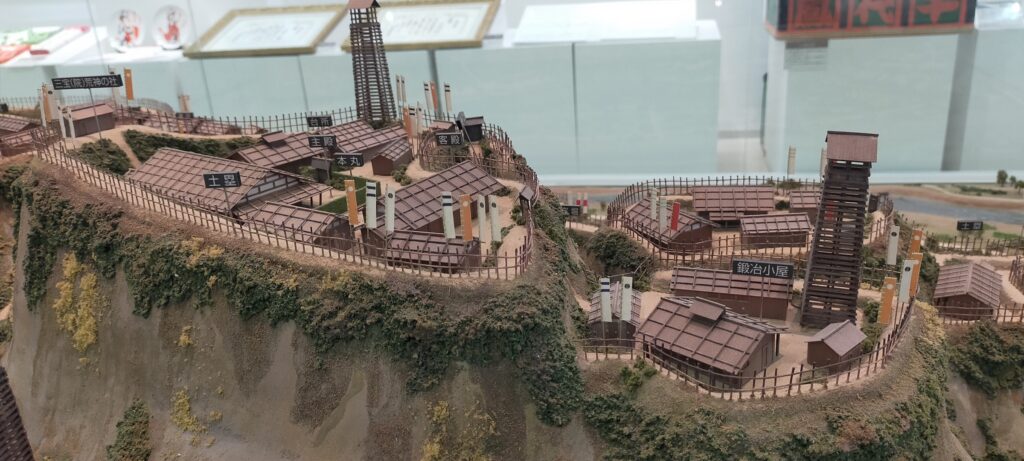
The lords of the castle usually lived in the residence at the foot and used the castle in the cases of emergency such as a battle. However, the excavation team found in the castle ruins, expensive trading items from overseas such as Ceramic ware as well as daily necessities like domestic pottery, coins, and bullets. These items show that the castle was used for a long time and involved with Shibushi Port where the international trading was done. The castle was finally abandoned by the last owner, the Shimazu Clan due to the Law of One Castle per Province, issued by the Tokugawa Shogunate in 1615.
